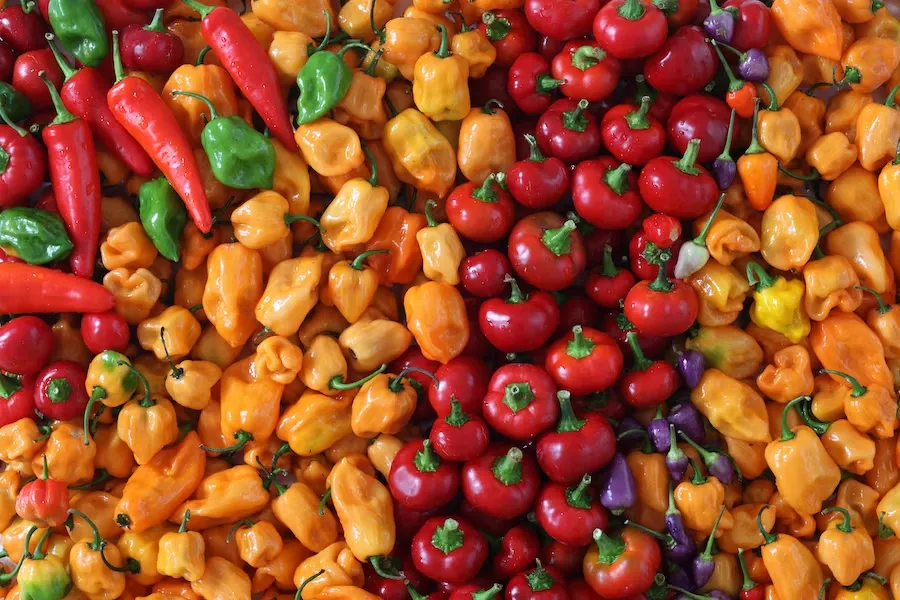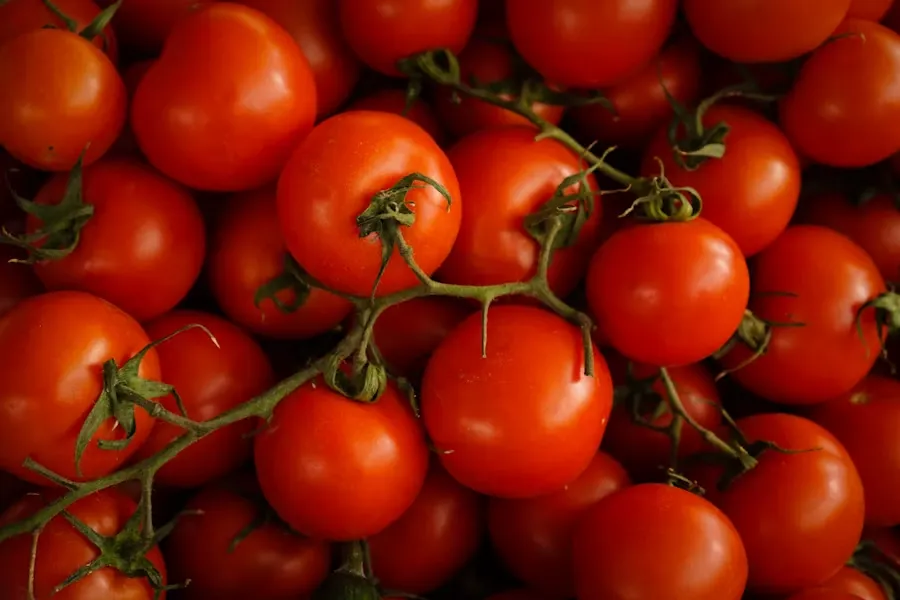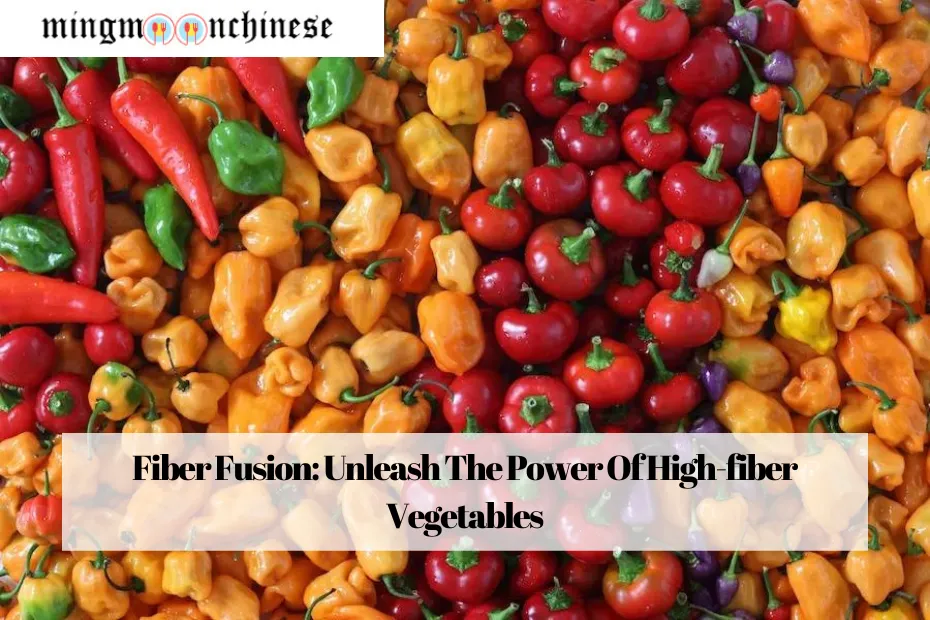Embarking on a culinary journey through the lush landscapes of vegetables not only promises an array of vibrant flavors but also unveils a treasure trove of nutritional benefits. In this extensive exploration, we will delve deeper into the unique qualities and health advantages of ten fiber-rich vegetables, each presenting a distinct culinary experience.
1) Beet Greens: Nature’s Nutrient-Rich Bounty
Beet greens, the verdant leaves of the beet (beetroot) plant, are a nutritional powerhouse that extends far beyond the often-consumed beetroot itself. These leafy greens, typically enjoyed as part of a refreshing salad, can elevate their culinary status through various cooking methods.
Sautéing beet greens in a delightful blend of garlic and butter or the wholesome richness of olive oil is considered one of the best ways to savor their unique flavor and retain their valuable nutrients. This cooking technique not only enhances the taste but also introduces a delightful texture to these greens, turning them into a versatile culinary delight.
2) Kohlrabi: The Unsung Hero of Cruciferous Vegetables
Kohlrabi, a member of the cruciferous family standing proudly alongside broccoli, cabbage, and kale, offers a distinctive appearance reminiscent of a radish. Beyond its aesthetic appeal, kohlrabi is celebrated for its high fiber content, making it a valuable addition to a fiber-rich diet.
Moreover, this vegetable brings more to the table than just fiber. It is a significant source of vitamin C, renowned for its immune-boosting properties, and potassium, contributing to overall cardiovascular health. Whether enjoyed in its raw state, sliced for salads, or creatively incorporated into various dishes, kohlrabi adds a unique crunch and nutritional profile to culinary creations.

3) Okra: A Delicate Fusion of Flavor and Texture
Okra, with its unique appearance reminiscent of a cross between a cucumber and chili pepper, stands out not only for its distinct look but also for its mild flavor and crunchy texture. This finger-sized green vegetable has found its way into the hearts of culinary enthusiasts around the world.
Beyond its culinary appeal, okra boasts an impressive nutritional profile. It is not only a fiber-rich delight but also an excellent source of vitamin C and manganese. Whether featured in stews, stir-fries, or enjoyed on its own, okra brings a delightful fusion of flavor and texture to the table.
4) Green Cauliflower: A Vibrant Twist to the Classic
Green cauliflower, with its unique color, closely resembles the familiar white cauliflower but offers a slightly different nutrient profile, including a touch more fiber. This attractive vegetable, with its vibrant hue, not only contributes visual appeal to dishes but also introduces a subtle variation in taste.
Much like its traditional counterpart, green cauliflower can be prepared in various ways—roasted, steamed, or incorporated into creative dishes—to enhance both its taste and nutritional value. Embracing this colorful variation adds a dynamic element to culinary endeavors.
5) Savoy Cabbage: The Crumply Marvel of Nutrients
Savoy cabbage stands out with its large, dark-green, crumply leaves that not only add visual intrigue to dishes but also offer a wealth of nutrients. As a robust source of fiber, carotenoids, folate, vitamin C, and vitamin K1, this cabbage variety becomes a nutritional powerhouse that complements various culinary creations.
Savoy cabbage, with its distinct texture and flavor, lends itself to diverse cooking methods. Whether incorporated into hearty stews, sautéed as a side dish, or creatively used in wraps, its versatility makes it a culinary delight with a nutritional punch.

6) Endive: A Chicory Delight for Culinary Creativity
While endive may share a visual resemblance to cabbage, it belongs to the chicory family of vegetables, offering a unique flavor profile. Varieties like curly endive and escarole provide a different culinary experience, working well in stir-fries or as a sautéed accompaniment to main dishes.
Endive’s distinct taste adds depth and complexity to dishes. Whether featured in salads, sautéed to enhance its flavor, or creatively used in appetizers, endive brings a touch of chicory elegance to the table.
7) Beets: Versatile Root Goodness
Beets, known for their vibrant hues, are among the most versatile vegetables, boasting a spectrum of culinary possibilities. They can be enjoyed in various forms—raw, boiled, mashed, roasted, or pickled. Beyond their aesthetic appeal, beets offer a robust nutritional profile, making them a valuable addition to a balanced diet.
In addition to providing dietary fiber, beets contribute essential nutrients such as folate, manganese, and potassium. Whether incorporated into salads for a burst of color, roasted for a rich, earthy flavor, or pickled for a tangy kick, beets bring both culinary versatility and nutritional benefits to the table.
8) Broccoli: Cruciferous Delight Bursting with Nutrients
A stalwart member of the cruciferous family, broccoli not only excels in its fiber content but also packs a nutritional punch in every floret. Just 100 grams of broccoli provides more than the daily value for vitamin C and vitamin K, making it a nutrient-dense addition to any meal.
Broccoli’s versatility in cooking methods—from steaming to roasting—makes it a favorite in various culinary applications. Whether featured as a vibrant side dish, tossed in salads, or incorporated into flavorful stir-fries, broccoli adds both taste and nutrition to the dining experience.

9) Scallions (Spring Onion): Flavorful Allure with Nutritional Riches
Scallions, also known as spring onions, stand out not only for their flavorful allure but also for their impressive nutritional content. These slender vegetables enhance the taste of a wide range of dishes, contributing not only to flavor complexity but also to the overall nutrient density of the meal.
Scallions offer high amounts of fiber, carotenoids, vitamin C, and vitamin K1. Whether incorporated into soups, salads, or used as a garnish for various dishes, scallions bring both culinary finesse and nutritional richness to the table.
10) Cabbage: Globally Cherished Culinary Canvas
Cabbage stands as one of the world’s most popular vegetables, finding its way into diverse culinary traditions. This humble vegetable, celebrated globally, takes on various forms and uses in kitchens around the world. From the fermented goodness of sauerkraut to the spicy complexity of kimchi, cabbage offers a versatile canvas for culinary creativity.
Nutritionally, cabbage is a particularly rich source of vitamin C, contributing to immune health and overall well-being. Its affordability and long shelf life make it a staple in many households, providing not only culinary delight but also nutritional benefits.
In Conclusion
Diversifying your vegetable intake transcends a mere culinary experience; it becomes a conscious choice for a healthier, more vibrant life. Each of these fiber-rich vegetables not only adds a symphony of flavors and textures to your meals but also brings a bounty of essential nutrients to support your well-being. As you embark on your gastronomic adventure with these nutritional gems, may each bite be a celebration of good health and culinary delight.
Read Also:- Fibrous Feasts: A Celebration of High-Fiber Vegetables




